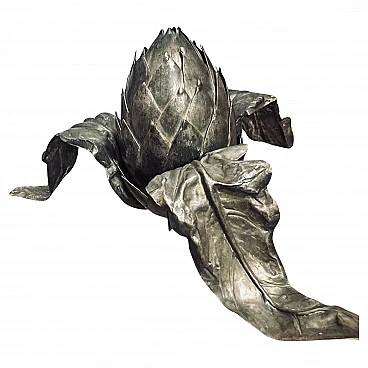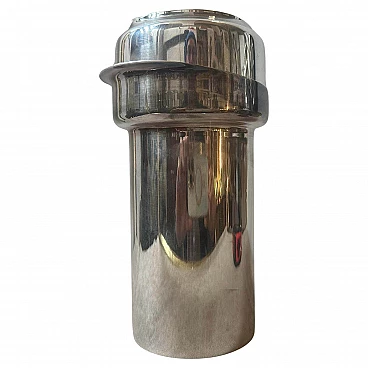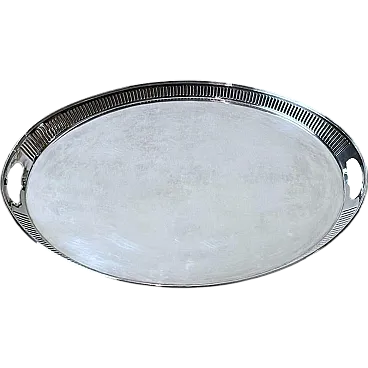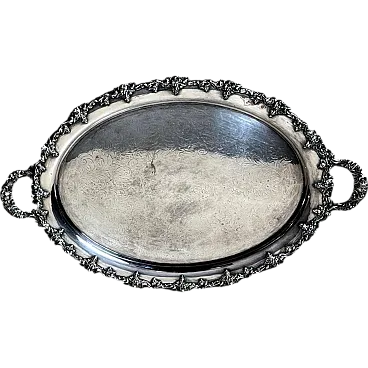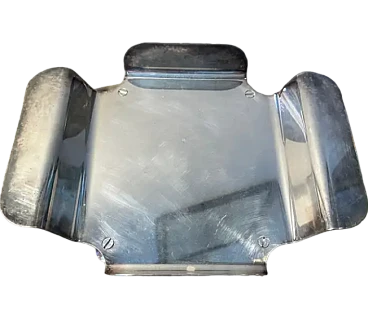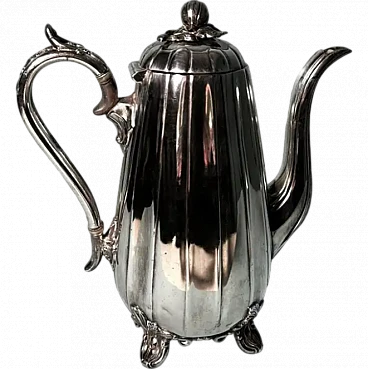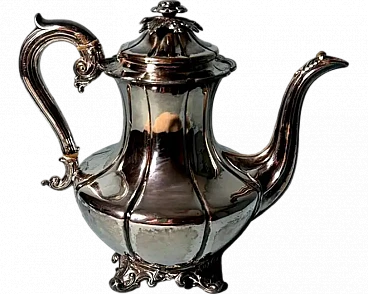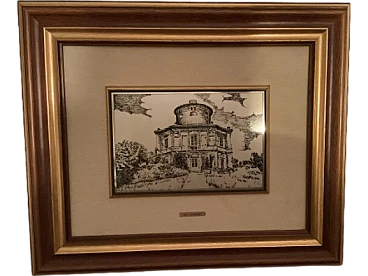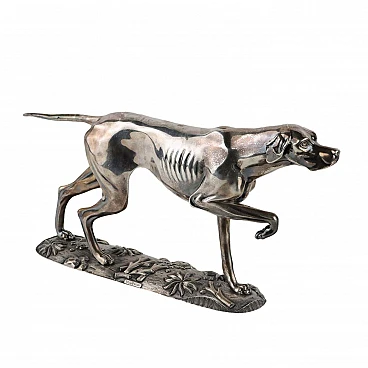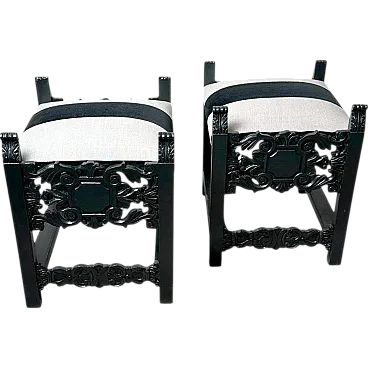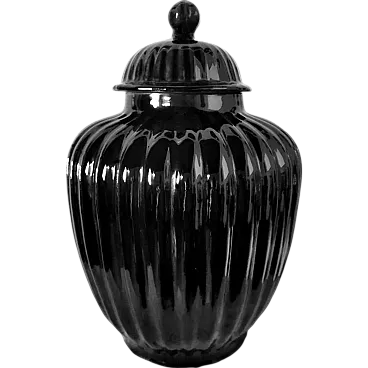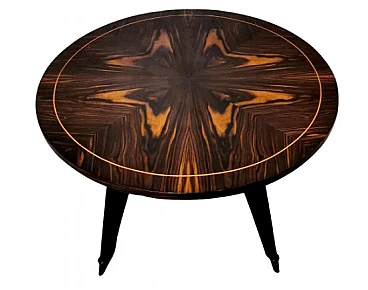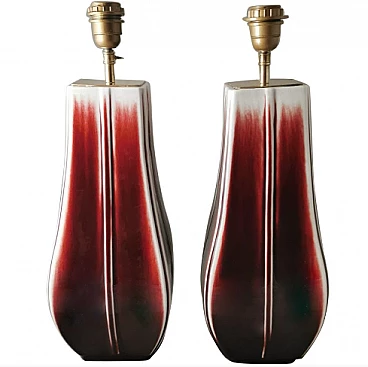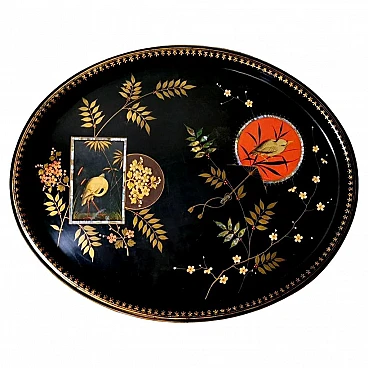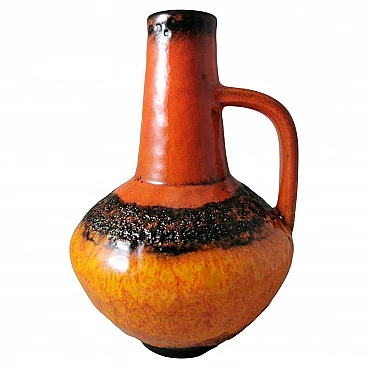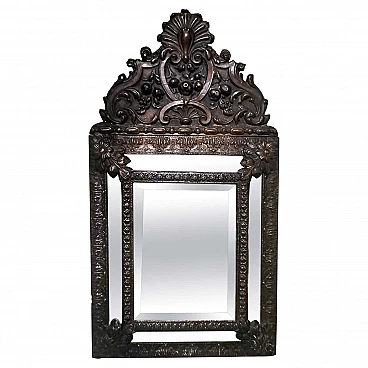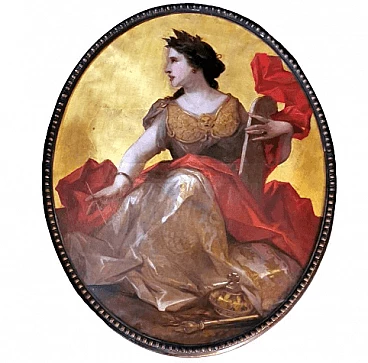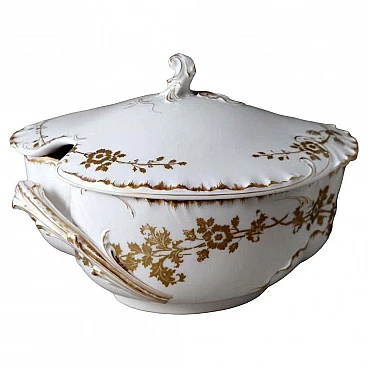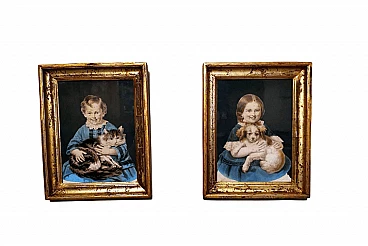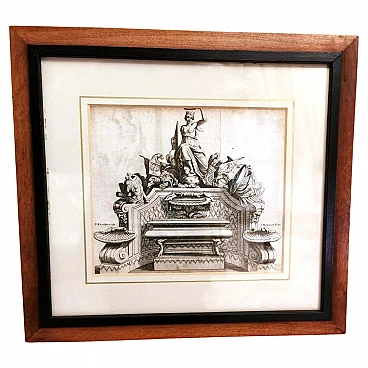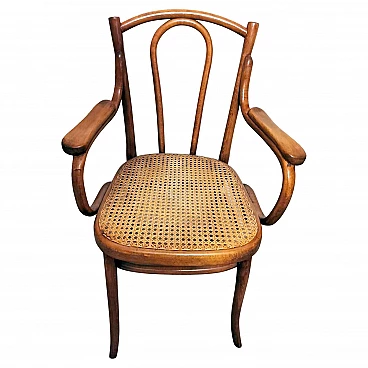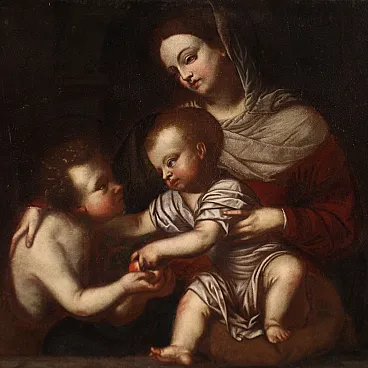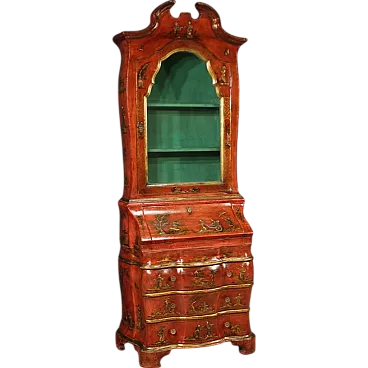This important and opulent English Old Sheffield Plate tray features a fully embossed silver foil border. Additionally, the edges showcase a technique that covers the underlying copper with thin silver borders, a method invented by Samuel Roberts & George Cadman in 1795 ("silver borders"). The tray’s surface has been expertly hand-engraved with intricate floral motifs, leaving a central space where the owner’s initials have been engraved (the script is highly ornate and thus difficult to interpret). The two handles are true masterpieces: rich, imposing, yet aesthetically balanced (note the detailed craftsmanship both above and below!). On the underside of the long edge, you’ll find the maker’s stamp (see photo), featuring a cross above an orb. Although slightly worn, the top of the cross remains clearly visible. When compared to the punch mark shown in reference books, it is easily identifiable as belonging to Walker, Knowles & Co. (47 Burgess St., Sheffield) and dates to around 1840 (see pages 133, 440, 451 of History of Old Sheffield Plate by Frederick Bradbury). This makes 1840 the likely year of production, placing the tray in the Early Victorian era. The term "Sheffield Plate" refers to a fusion process involving silver and copper, discovered accidentally in 1742 by silversmith Thomas Boulsover of Sheffield. This technique was applied to the production of various household items between approximately 1750 and 1850. The process involves superimposing and heating copper and silver sheets to high temperatures under intense pressure, causing them to bond seamlessly. This bimetallic sheet could then be worked just like silver (embossed, chiseled, engraved, or stamped). Starting in 1770, a second layer of silver was added, creating a true "sandwich" of three metal layers. The resulting sheet displayed silver on both sides, making it ideal for objects such as gravy boats, tureens, and trays, where silver was needed on all visible surfaces. This process quickly proved to be a major technical innovation, with significant economic and social impacts. By 1750, much of the household equipment used by the bourgeoisie, who had developed refined tastes, was made in Sheffield Plate. This social class, eager to emulate the lifestyles of nobles and aristocrats, found in Sheffield Plate an affordable alternative to solid silver, allowing them to achieve their aspirations. Sheffield Plate items were in no way inferior—other than in cost—to the silverware of the time, contributing to the widespread success of the technique. However, after 1840, with the advent of electroplating (a galvanic silver-plating process), the Sheffield Plate gradually fell out of favor and came to be known as "Old Sheffield Plate." The tray is in good condition, has never been restored, and shows the natural wear of its 184 years. Dimensions: width 48 cm, depth 30 cm, height 2 cm.
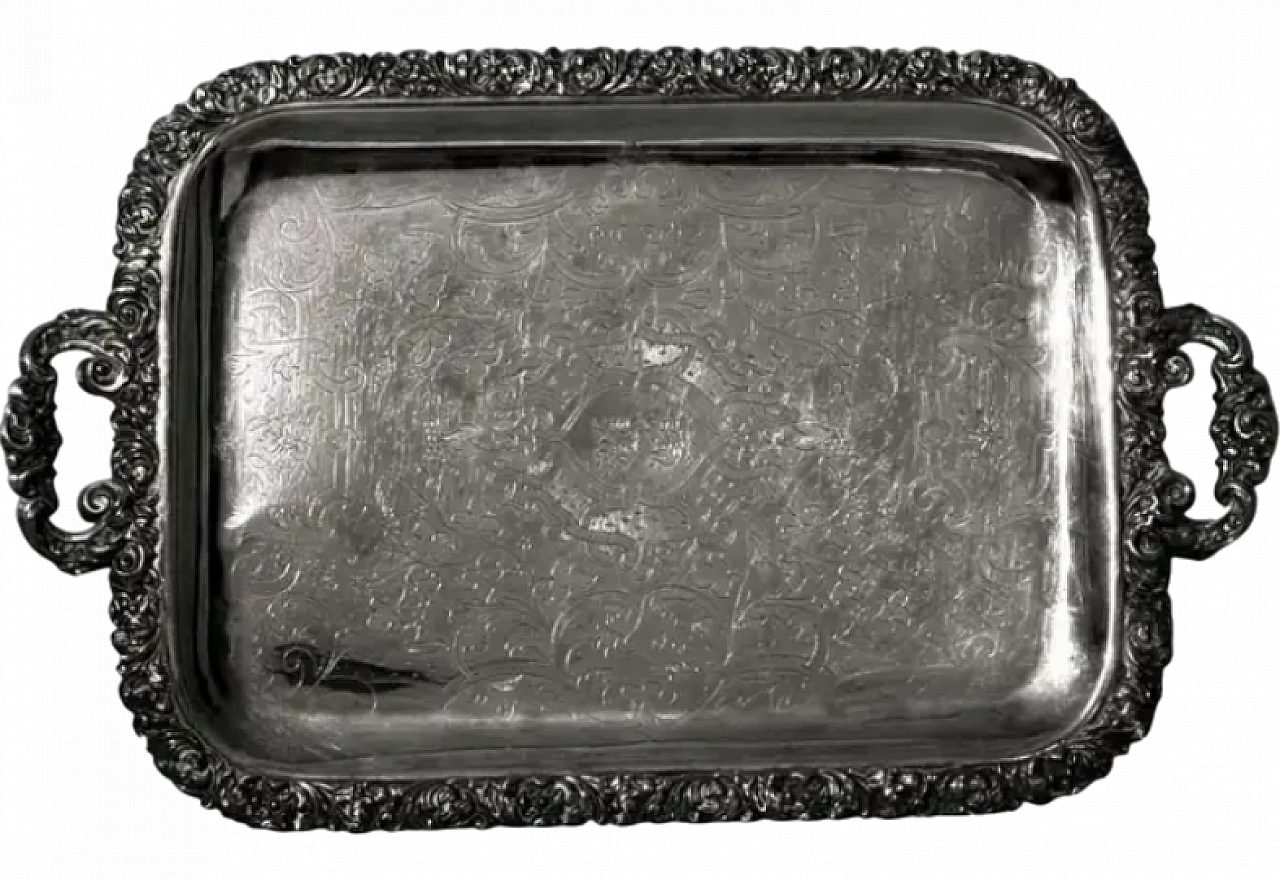
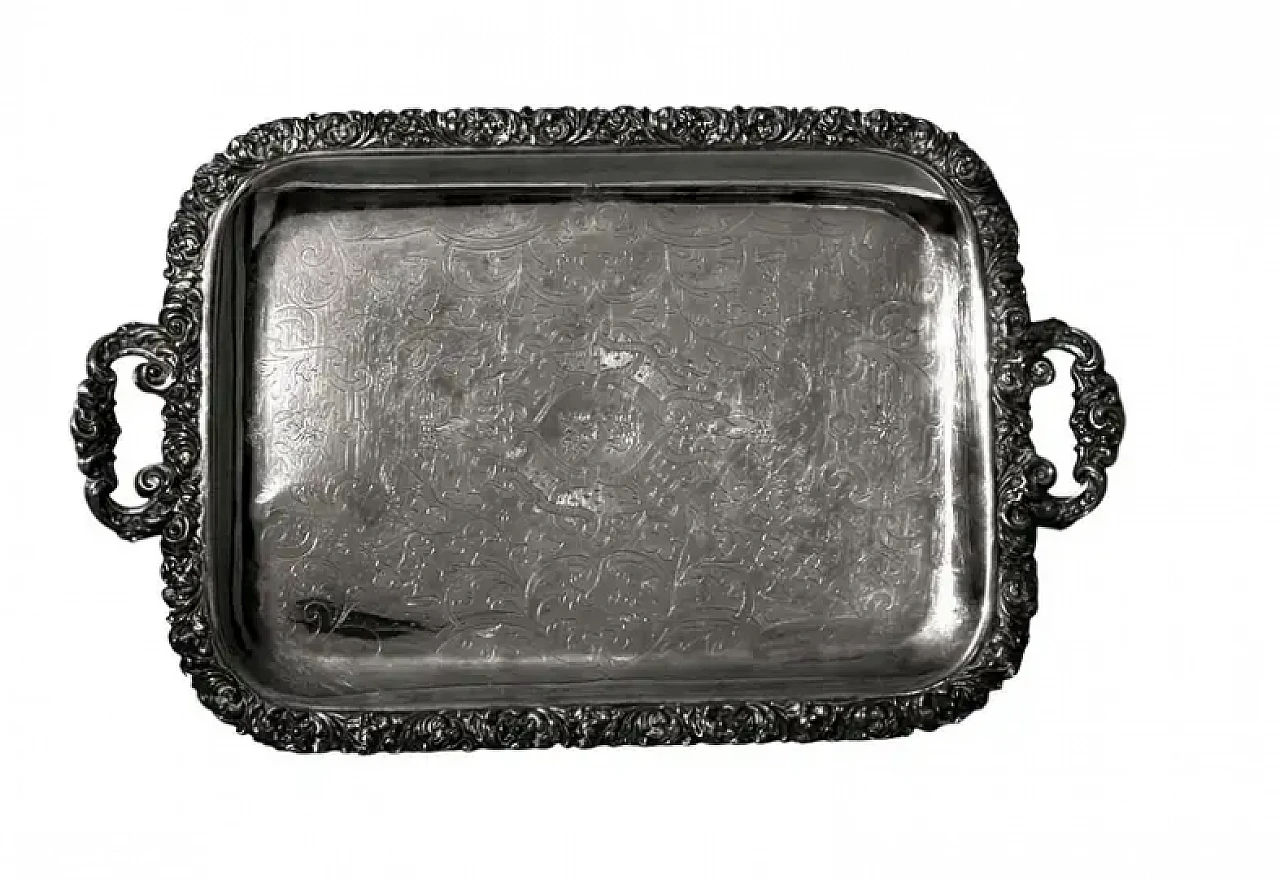
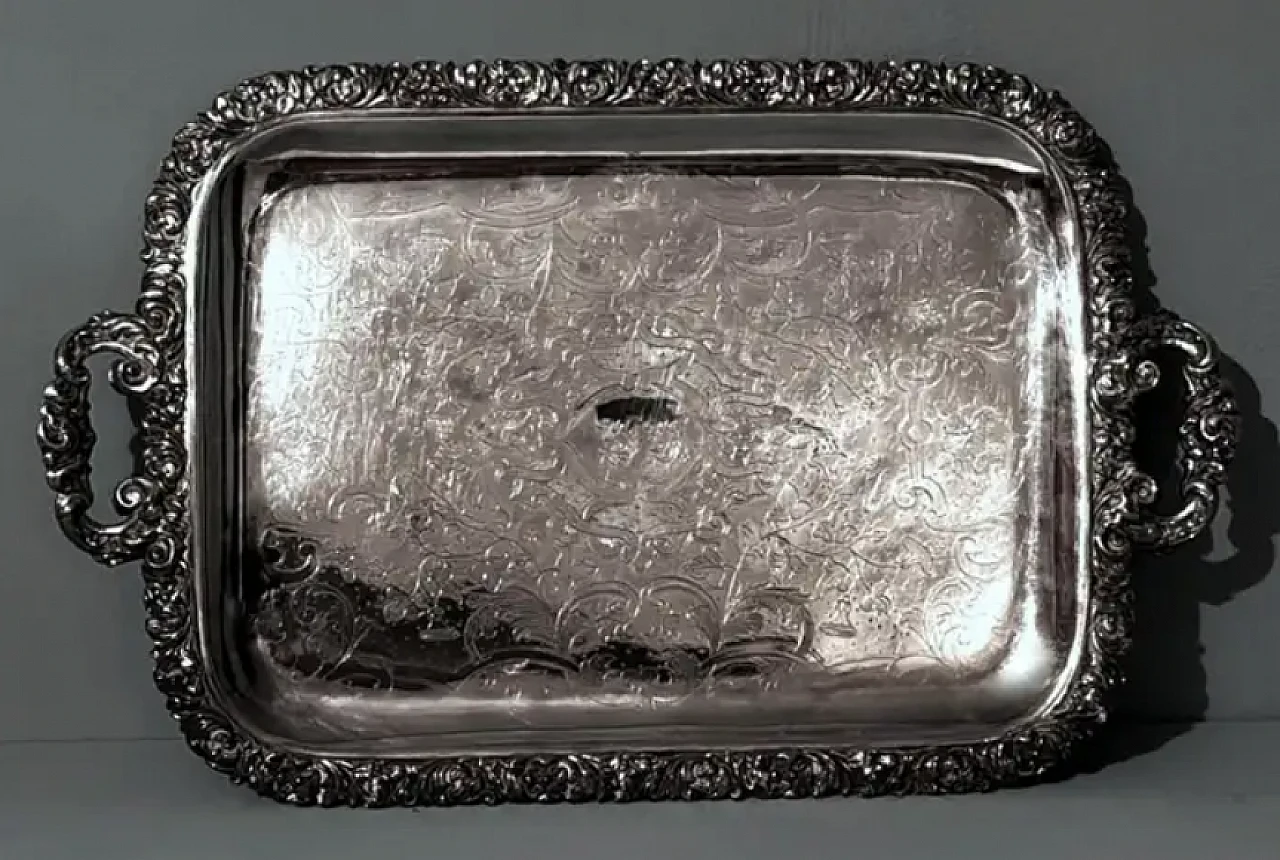
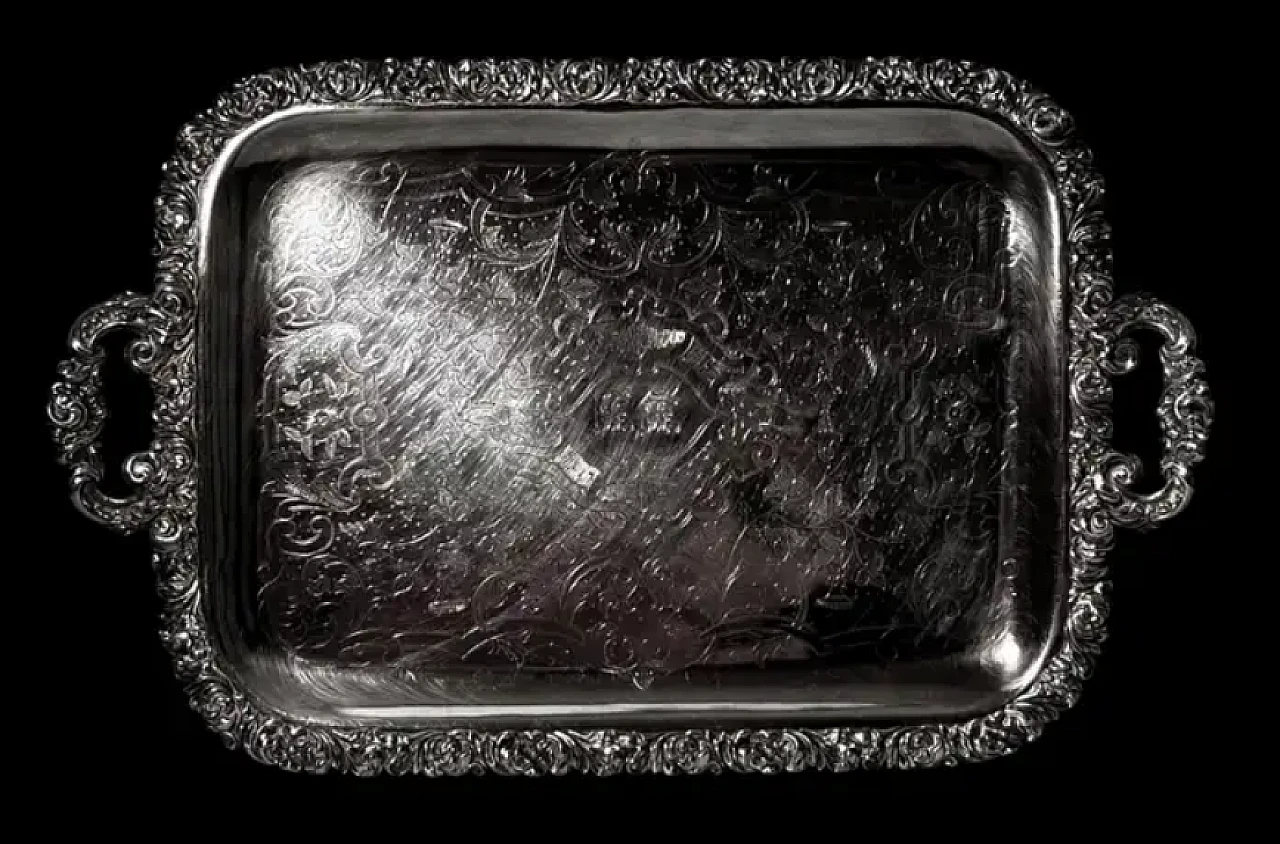
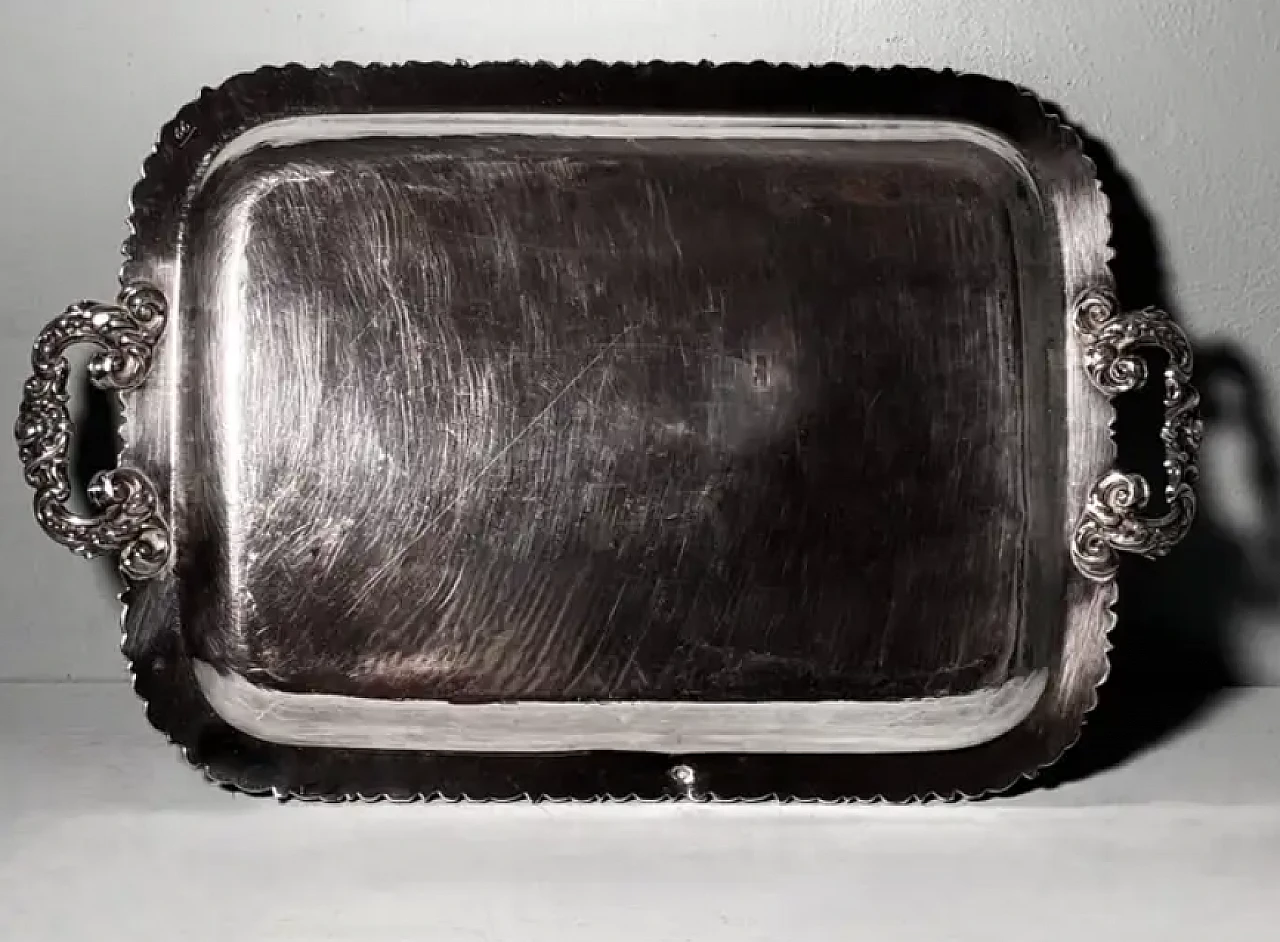
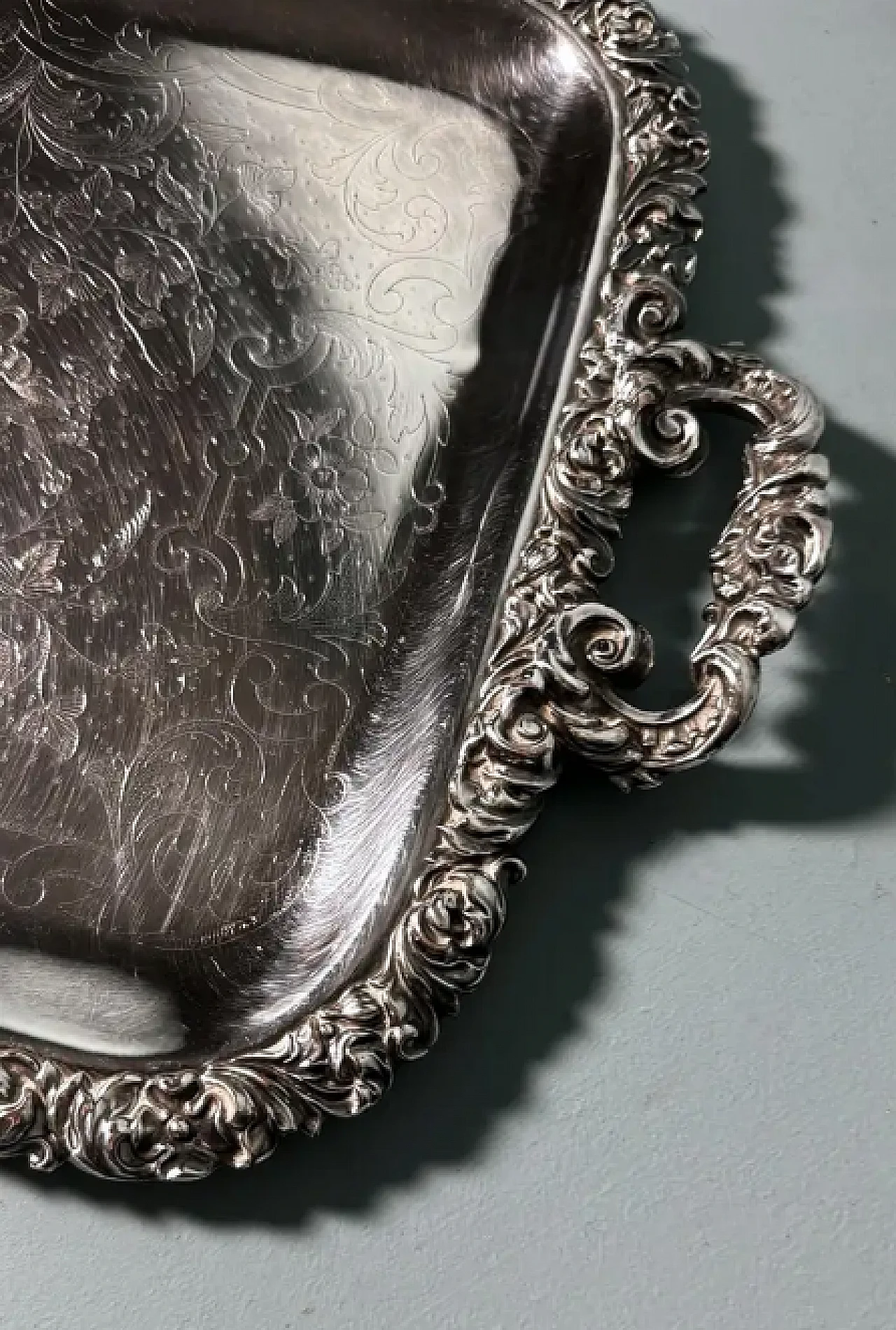
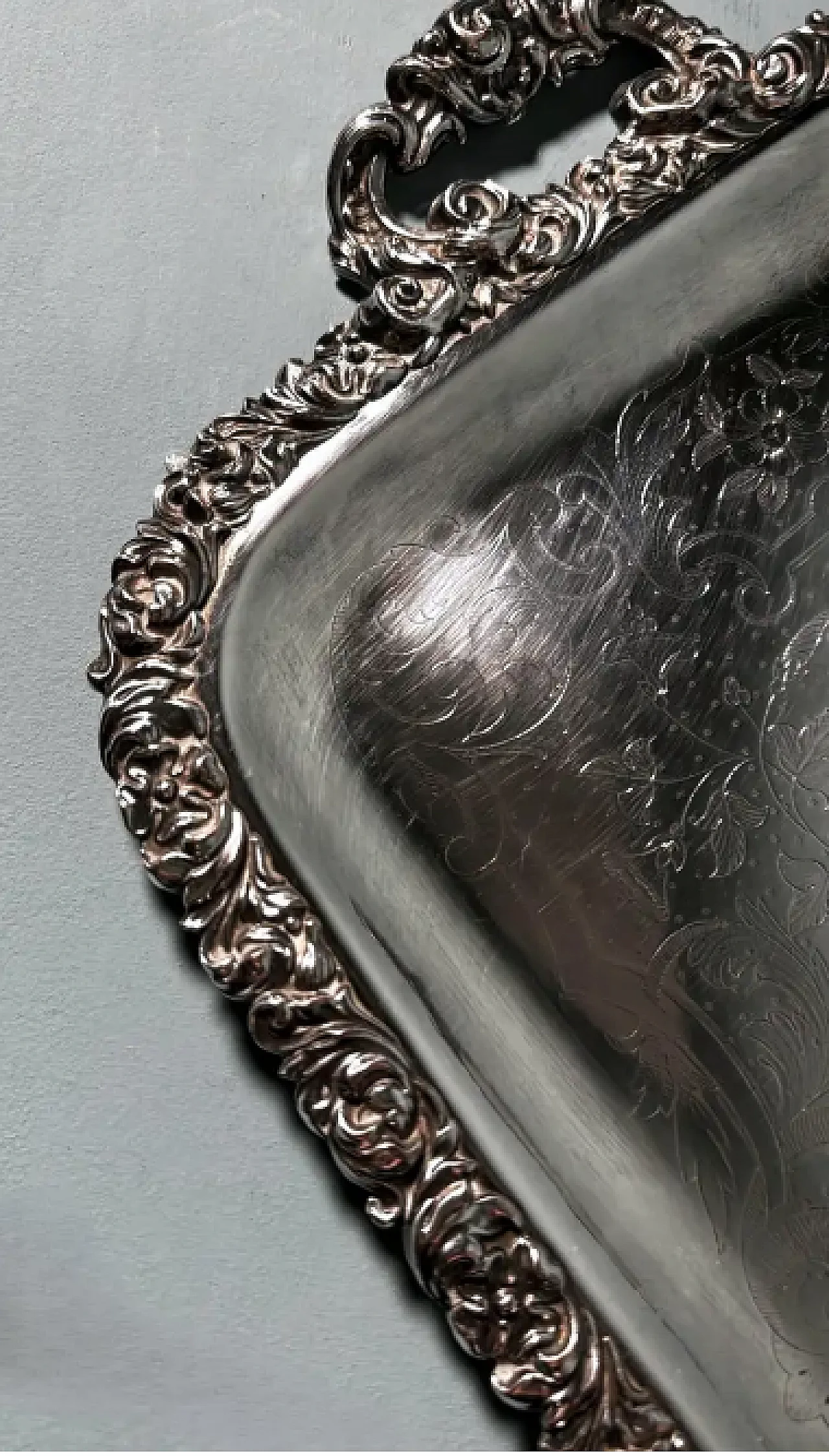
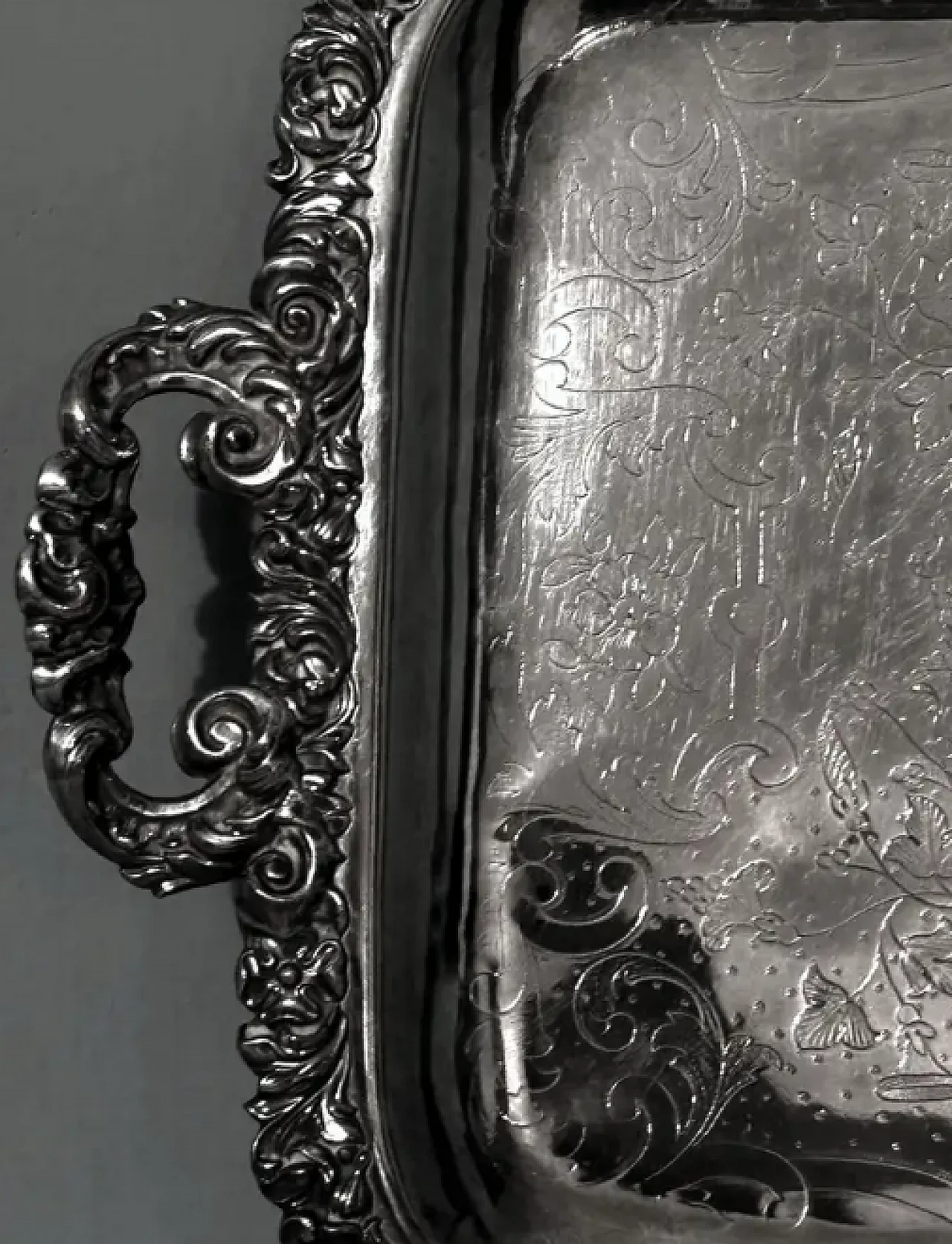
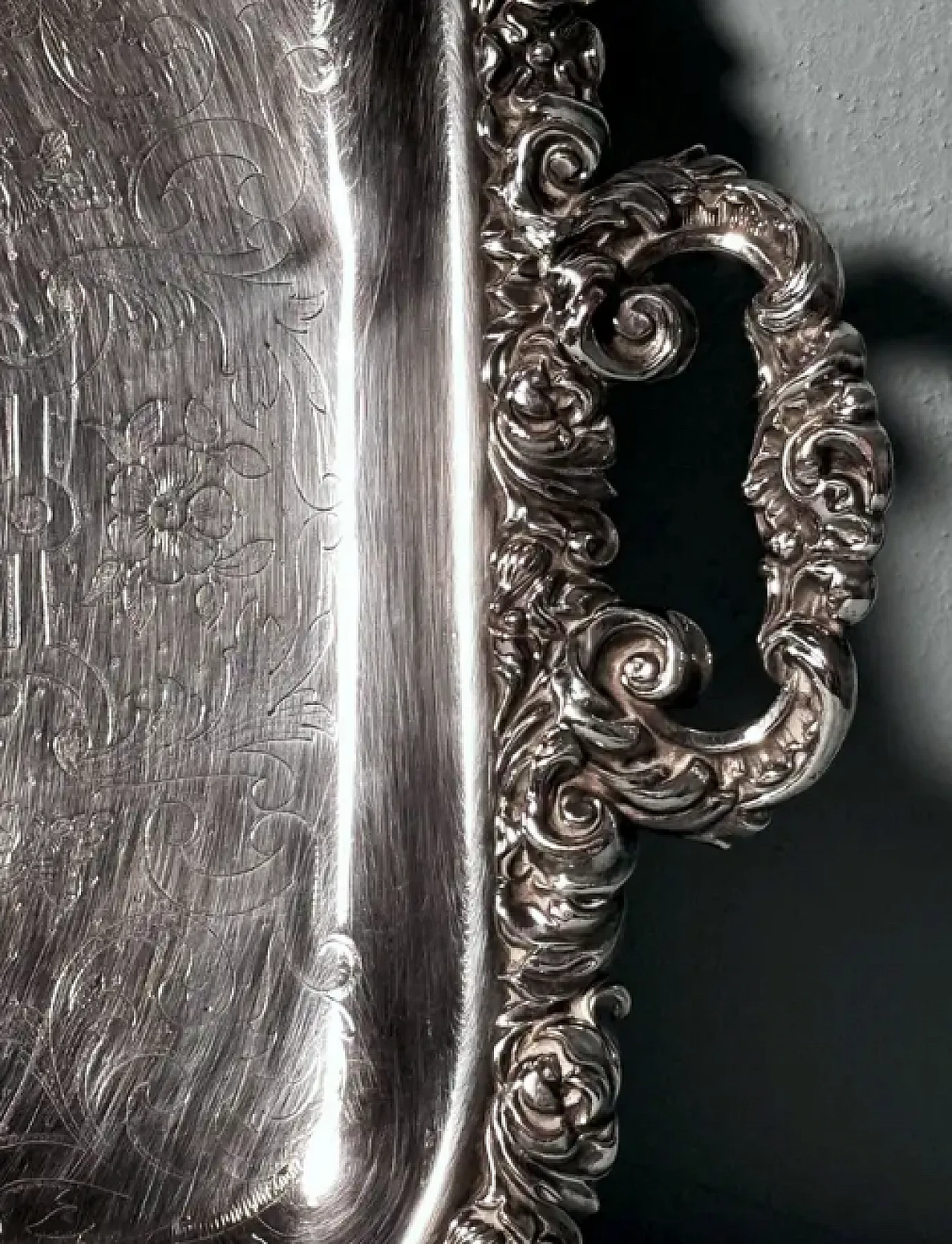
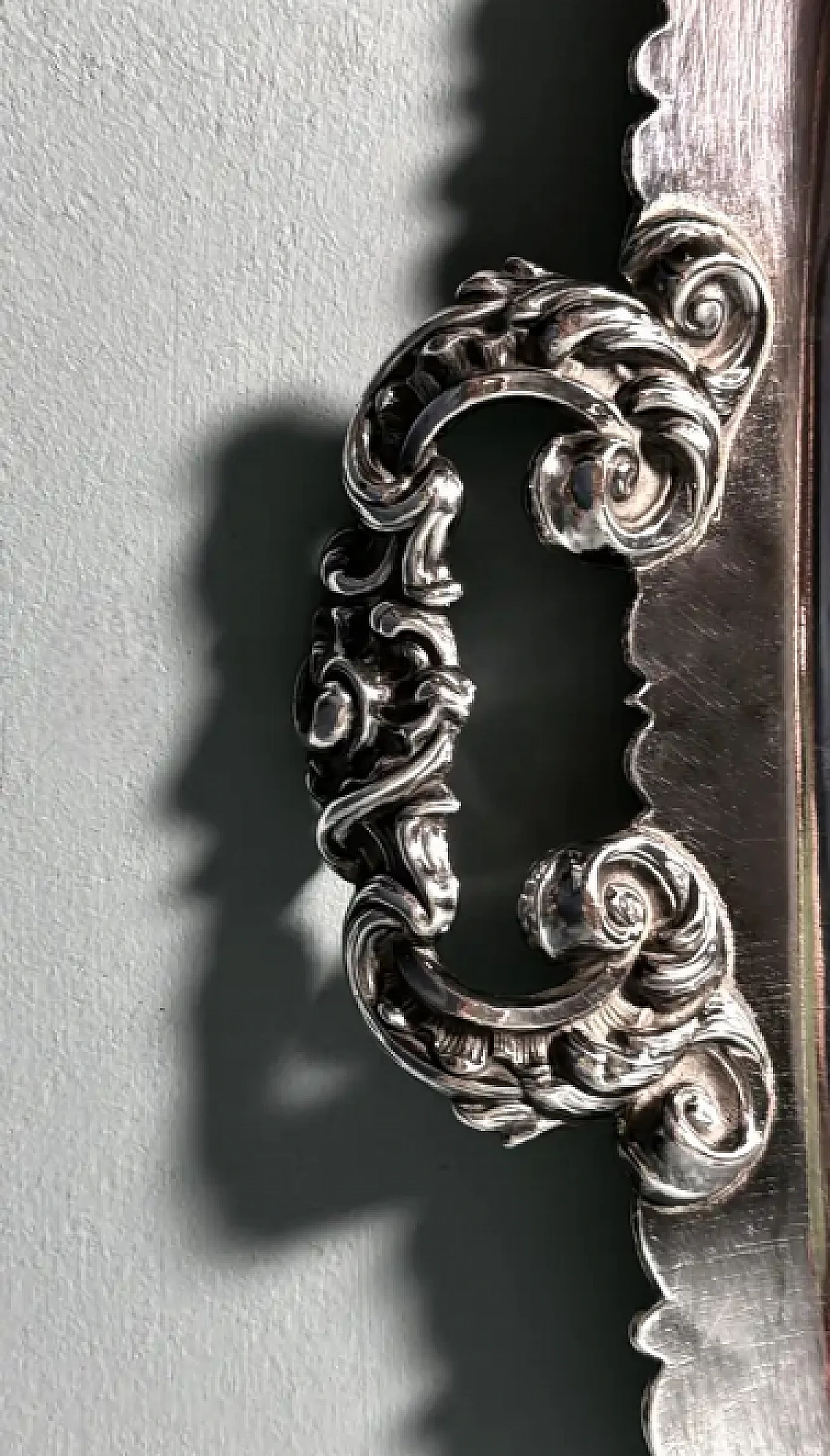
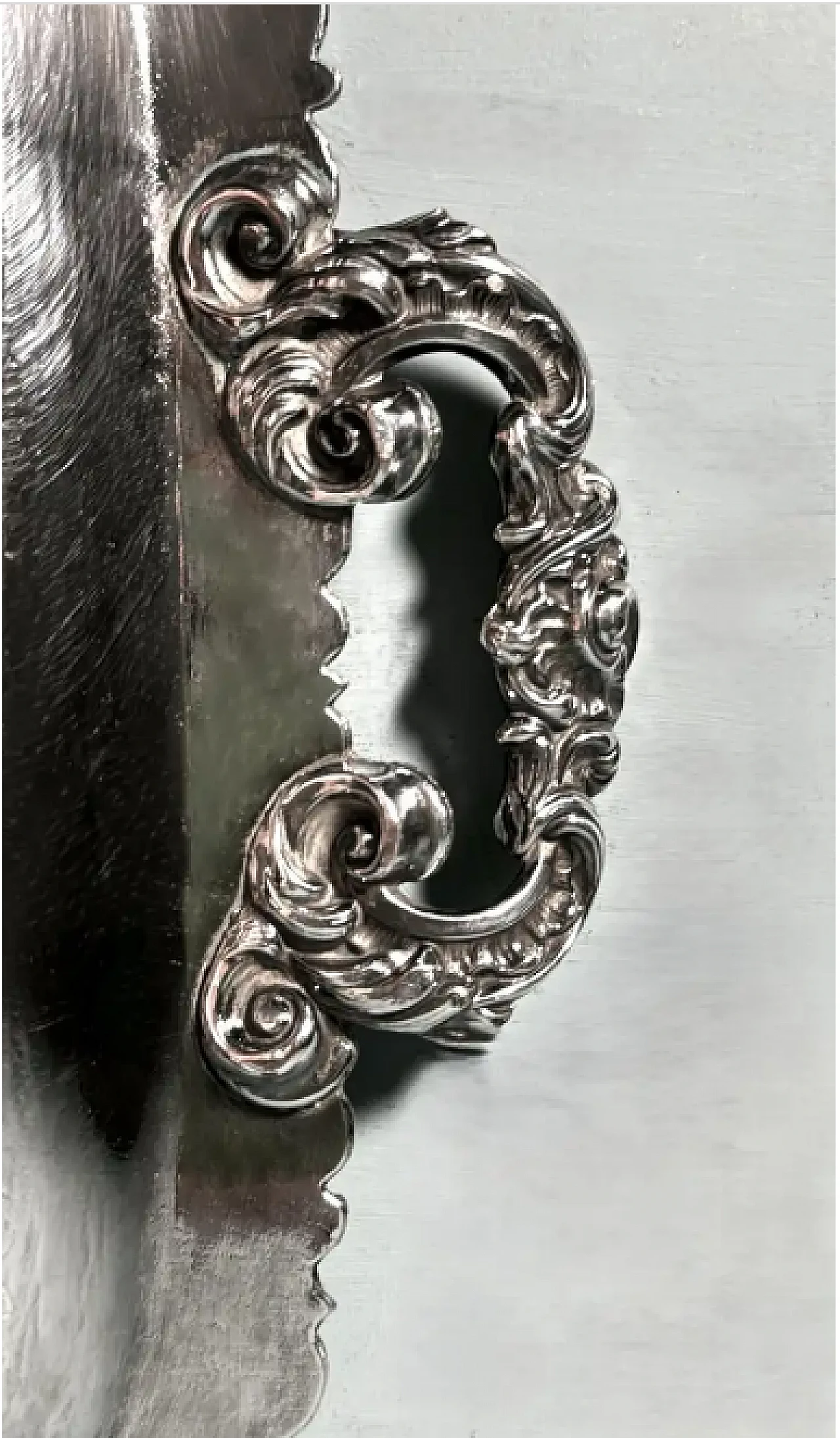
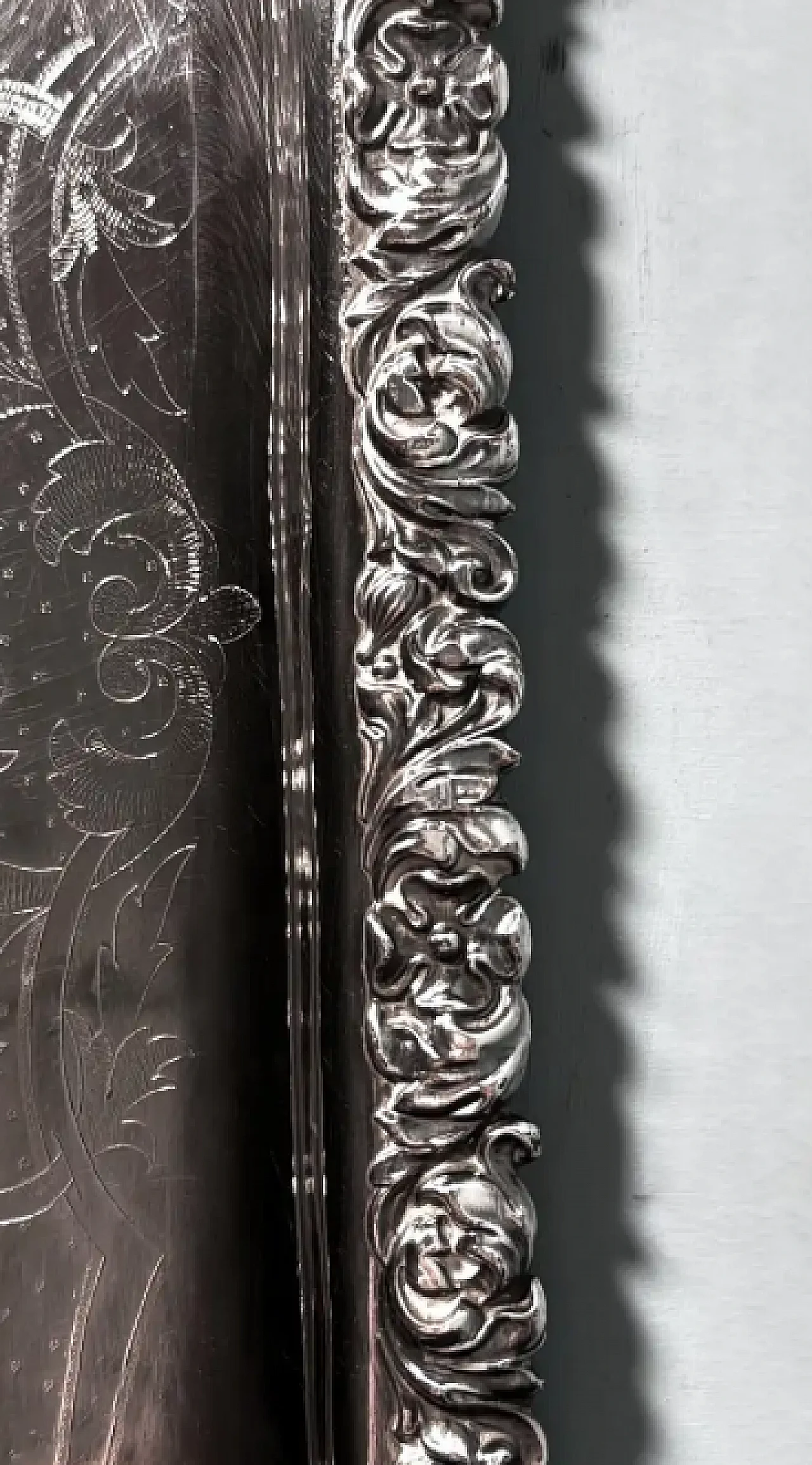
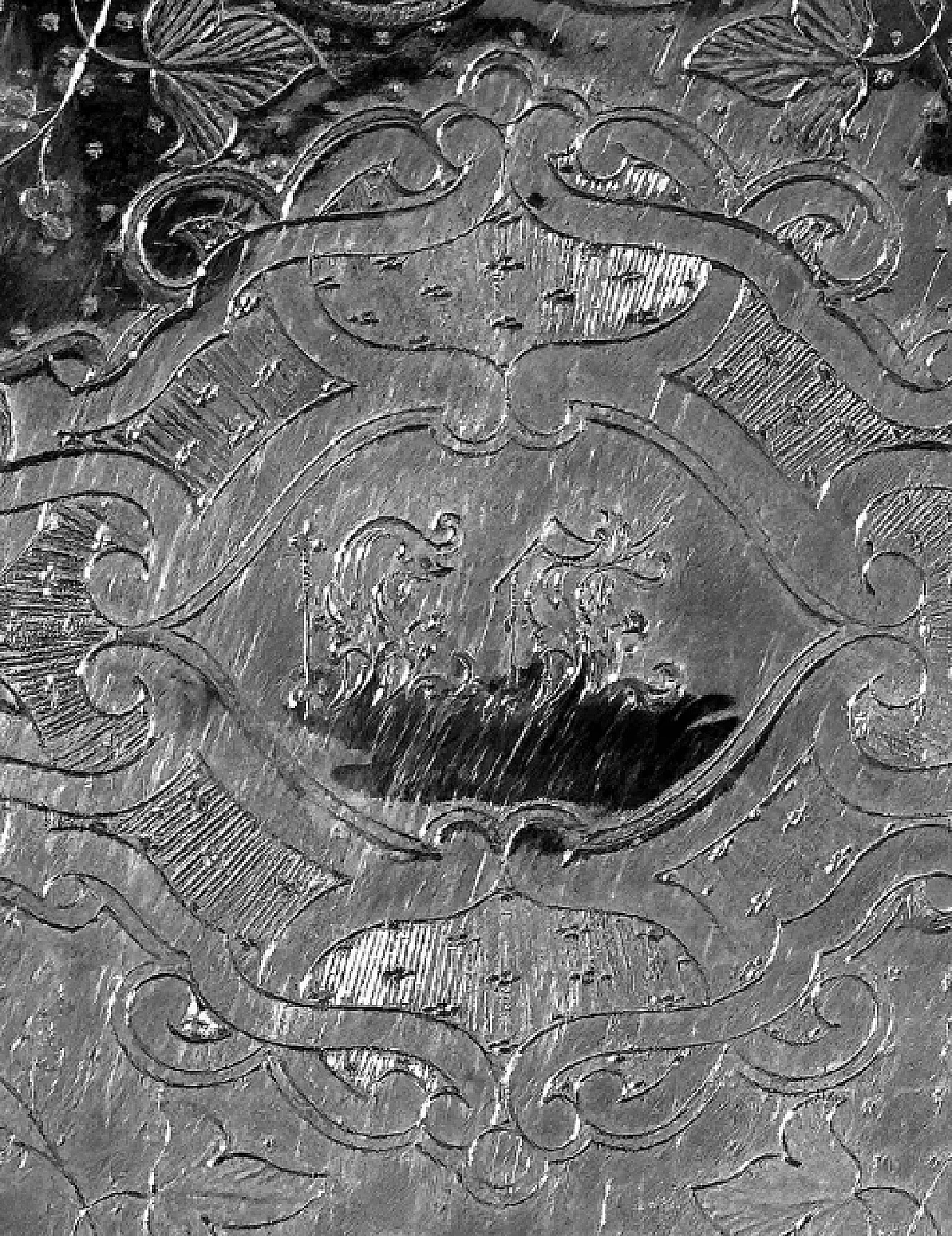
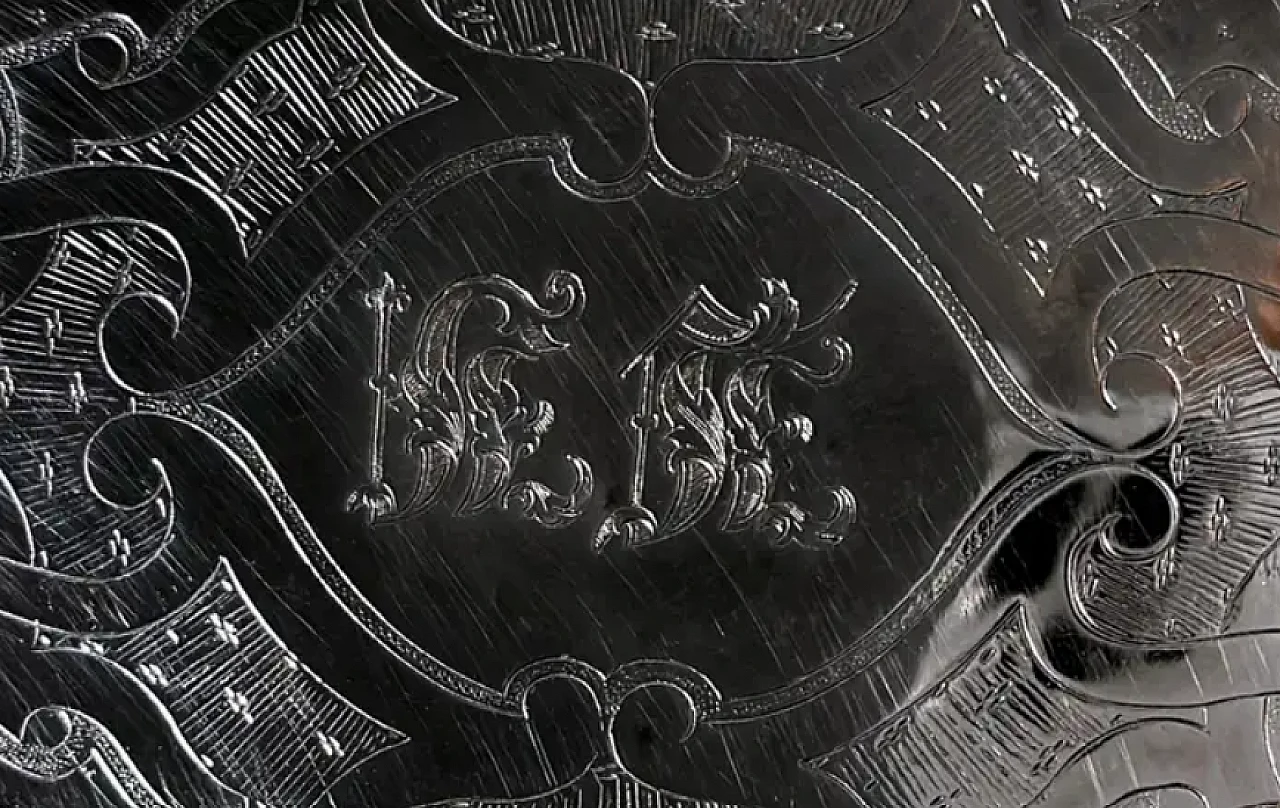
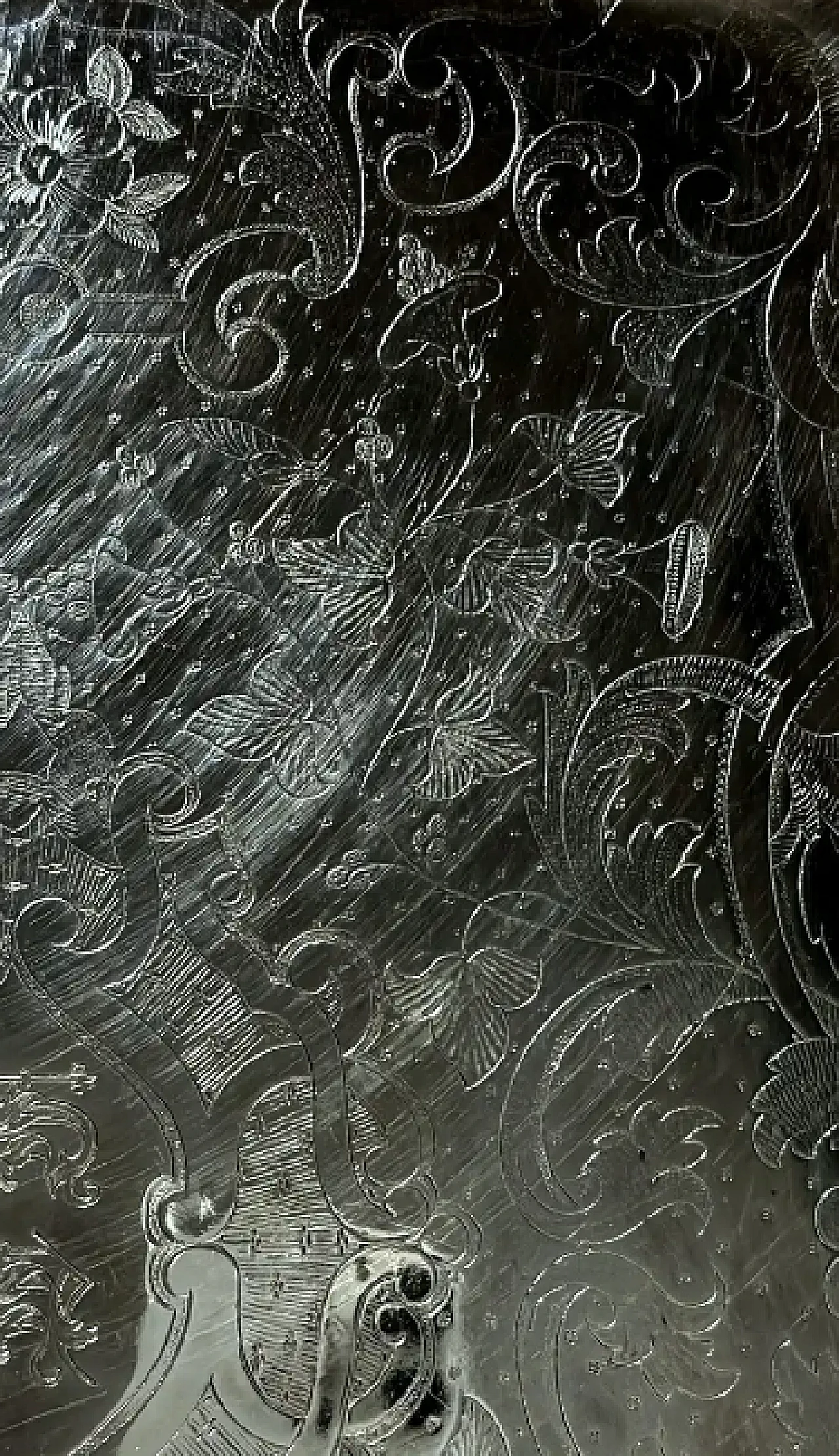
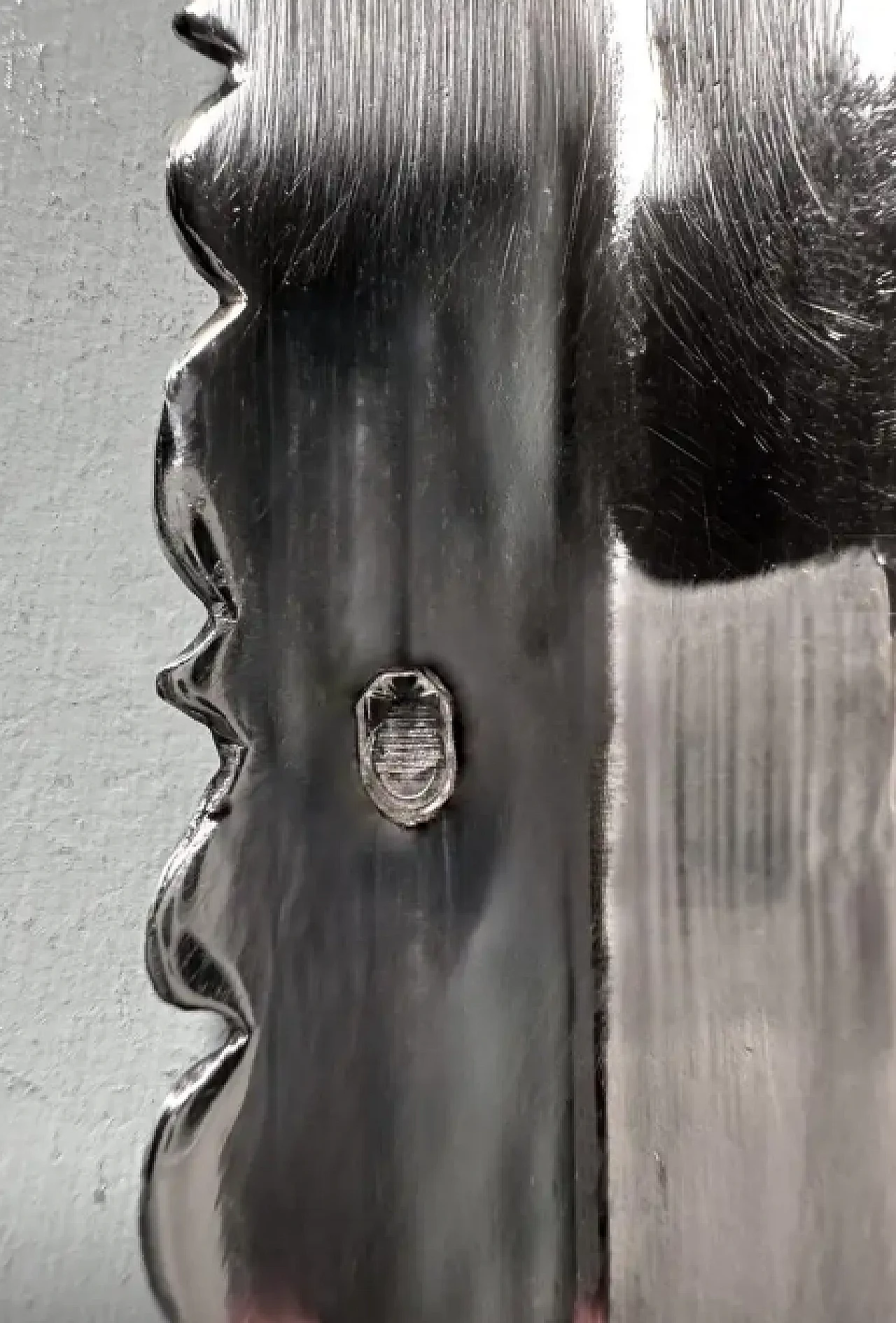
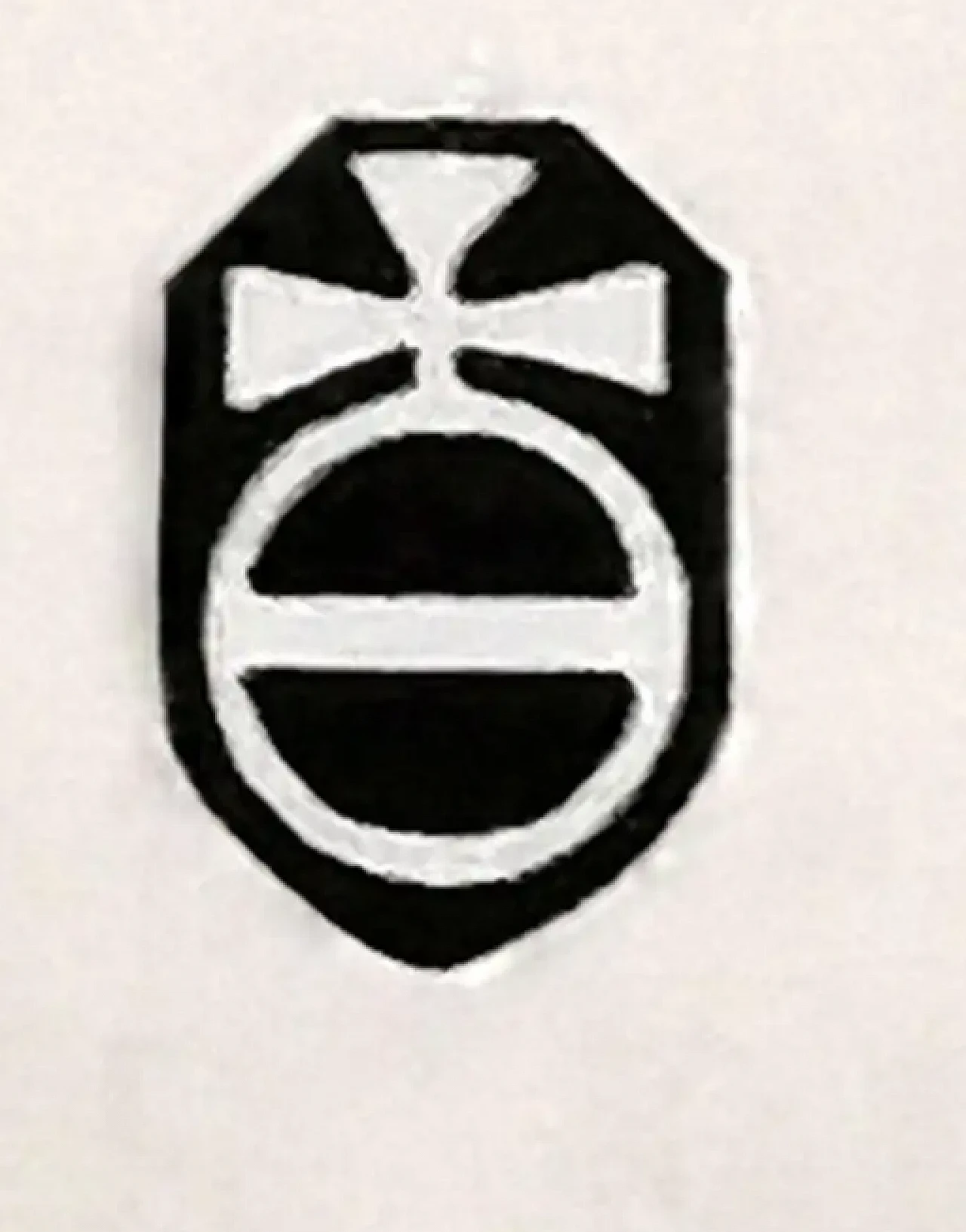

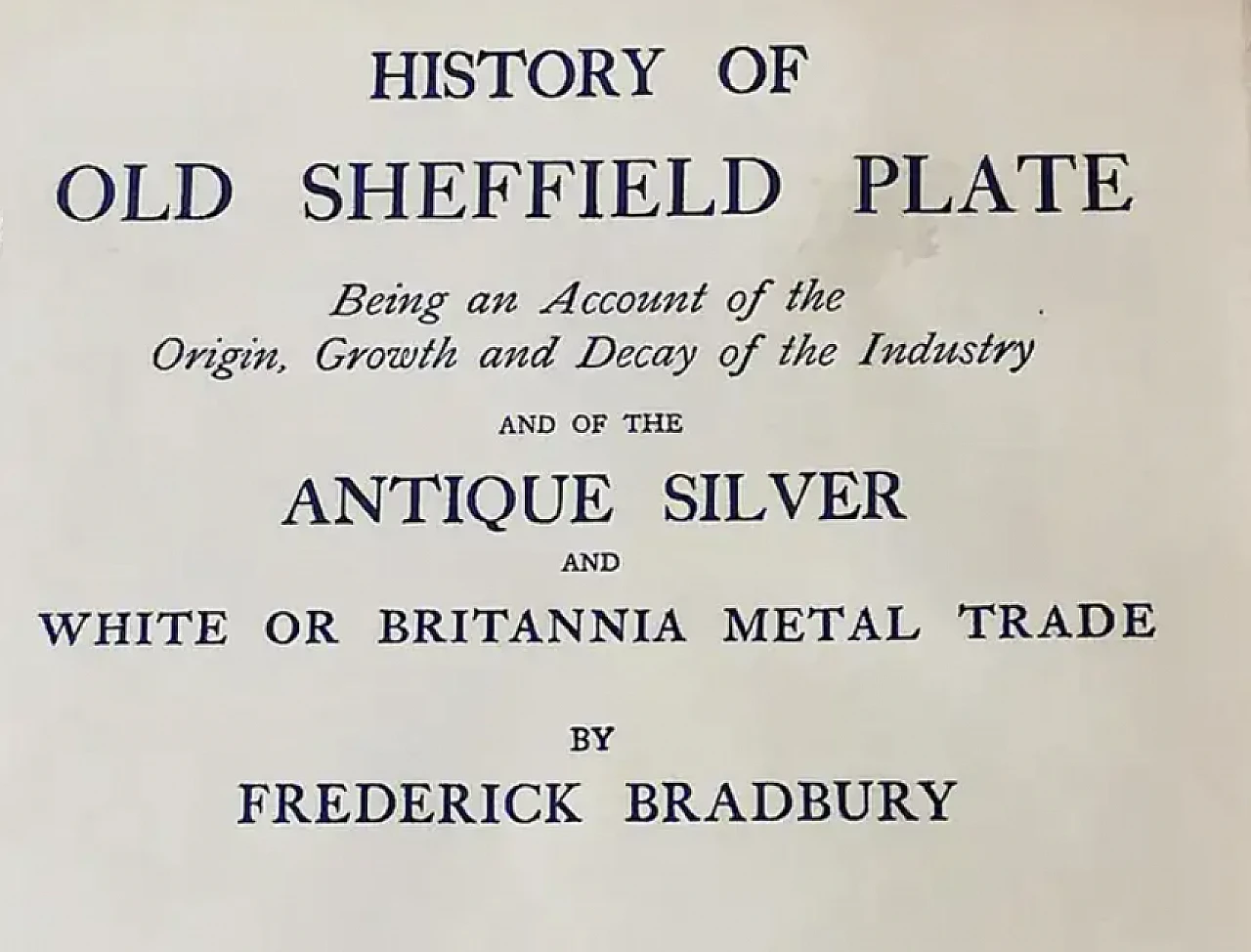
 SILVER Seller in Prato, Italy
SILVER Seller in Prato, Italy






.png)





